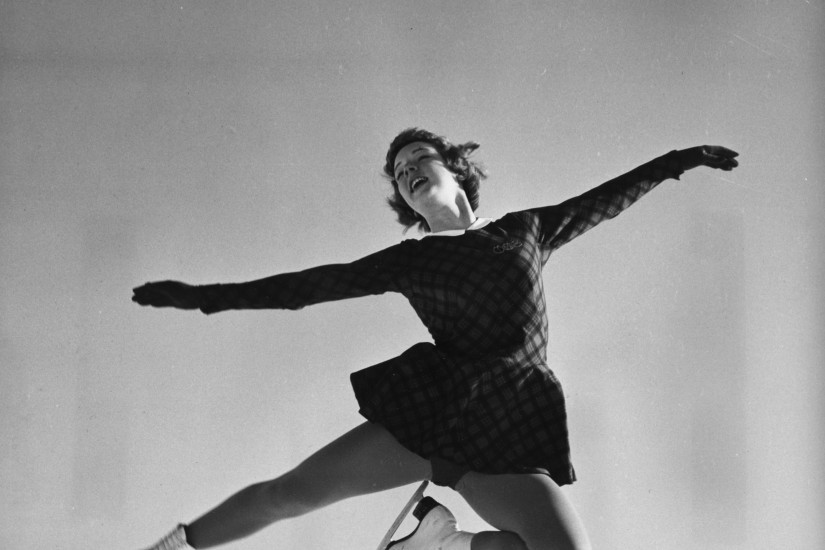The International Skating Union (ISU), which still oversees international skating competition, was formed in 1892 and hosted the first World Figure Skating Championships in 1896: just four men competed in the event. Then in 1902, a woman, British figure skater Madge Syers, entered the competition thanks to a loophole in the rules; there was no rule disallowing women, wrote Hines in the Historical Dictionary of Figure Skating.
Syers placed second in that competition, behind Swedish skater Ulrich Salchow, whose last name now describes the skating move he was famous for: a simple jump and midair spin. Salchow offered Syers his gold medal, saying he thought she should have won.
The WFSC closed the loophole soon after and barred women from competing in the Worlds. Their purported reason: concern that long skirts prevented the judges from seeing the potential onslaught of female competitors’ feet. The ISU then created a specific competition for women only, the Ladies World Championship. It still exists today, meaning no woman can call herself the World Figure Skating Champion without engendering a few “well, actually” rejoinders.
The objection to Syers’s skirt was just the start of female competitors’ wardrobe woes. When American Theresa Weld added the Salchow to her repertoire at the 1920 Olympics, she earned a reprimand. Why? As Ellyn Kestnbaum writes in Culture on Ice: Figure Skating & Cultural Meaning, “because her skirt would fly up to her knees, creating an image deemed too risqué.” But in spite of criticisms like these, women quickly took their place as competitors in the sport. In 1908, Syers co-authored The Book of Winter Sports with her husband, also a competitive figure skater. In the chapter titled “Skating for Ladies,” she wrote that “skating is an exercise particularly appropriate for women.”
She argued for their place in competition by drawing on traditionally “feminine” virtues, writing “it requires not so much strength as grace, combined with a fine balance, and the ability to move the feet rapidly.” International skating competitions were also “the sole instances in which women are permitted to contend in sport on an equality with men.” They may not have been able to earn credit for being world champions, but at least women could compete solo on the ice and be professionally judged.
